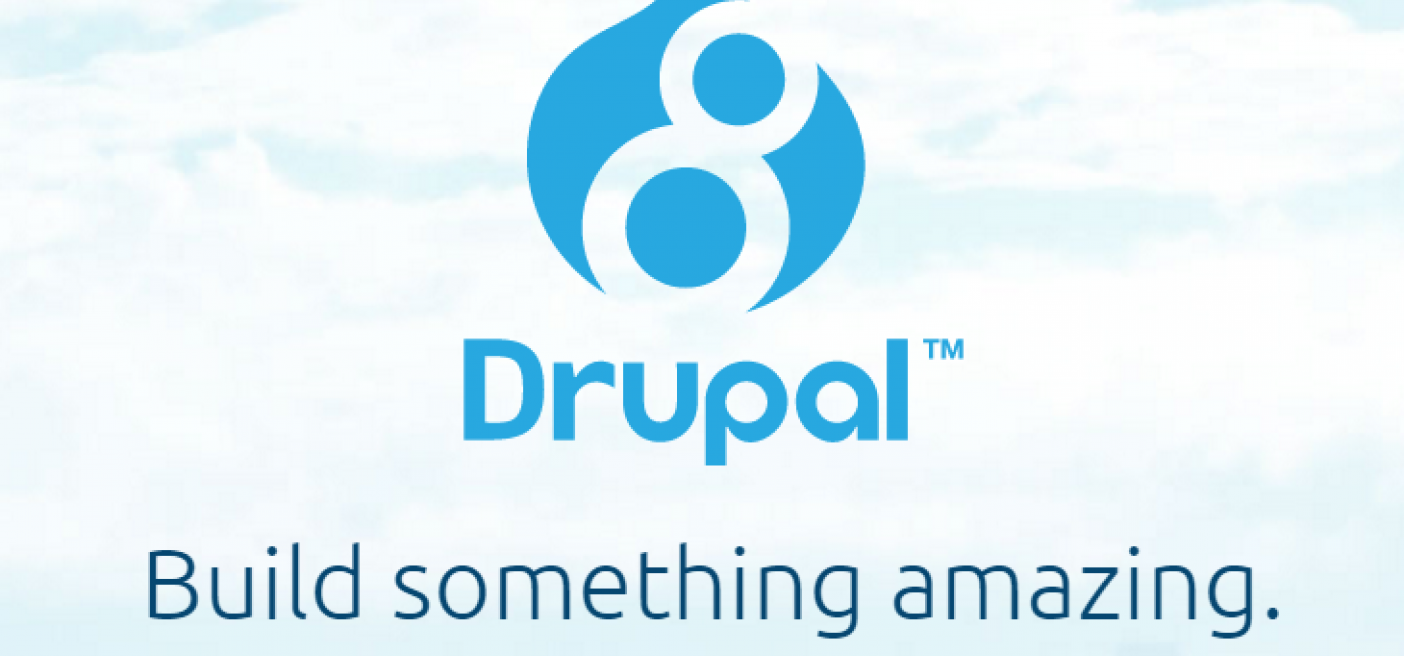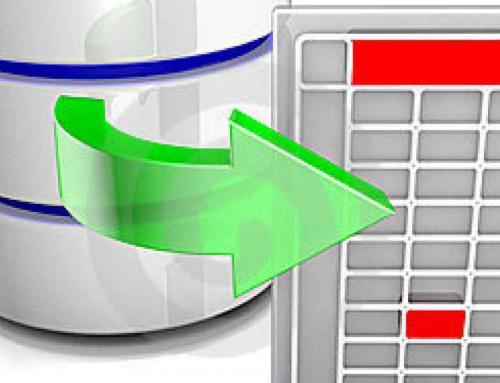Drupal 8, the latest version of the popular open source content management system (CMS) was released in late 2015 with a number of great new capabilities and features as part of its core. But should you build using D8 now, or should you use Drupal 7? Well, that depends.
If your current website/application or planned new website is relatively simple, and does not depend on a lot of contributed modules, then you might consider using D8. But for more complex sites that are new, or existing sites that depend on contributed modules, we recommend that you stick with Drupal 7 for now because as with any new Drupal release, it can take some time until some of the most popular modules are ported over to D8.
For example, we recently set out to develop a client’s new website using Drupal 8 but quickly ran into issues when we realized that some of our favorite modules used for some relatively basic functions (responsive sliders, mega menus, map location geo capabilities, SEO tools, and even Google Analytics) were either not yet available for D8, or were in alpha/beta states that were just too buggy to use. We ultimately decided to abandon D8 and build the site using Drupal 7.
Developers were in a similar situation when Drupal 7 was released, and D6 before that. In some cases it took up to a year after the initial D7 release before we could fully count on having suitable and stable modules available to accomplish the development of robust websites. Drupal 7 is not going anywhere soon – We expect Drupal 7 to be fully supported for several years to come.
If you are building a new Drupal website, then we would recommend that you first perform a careful analysis of your site’s requirements and features as they relate to the availability of modules needed to complete the job in Drupal 8. Otherwise we recommend continuing to use Drupal 7 for the better part of 2016.



